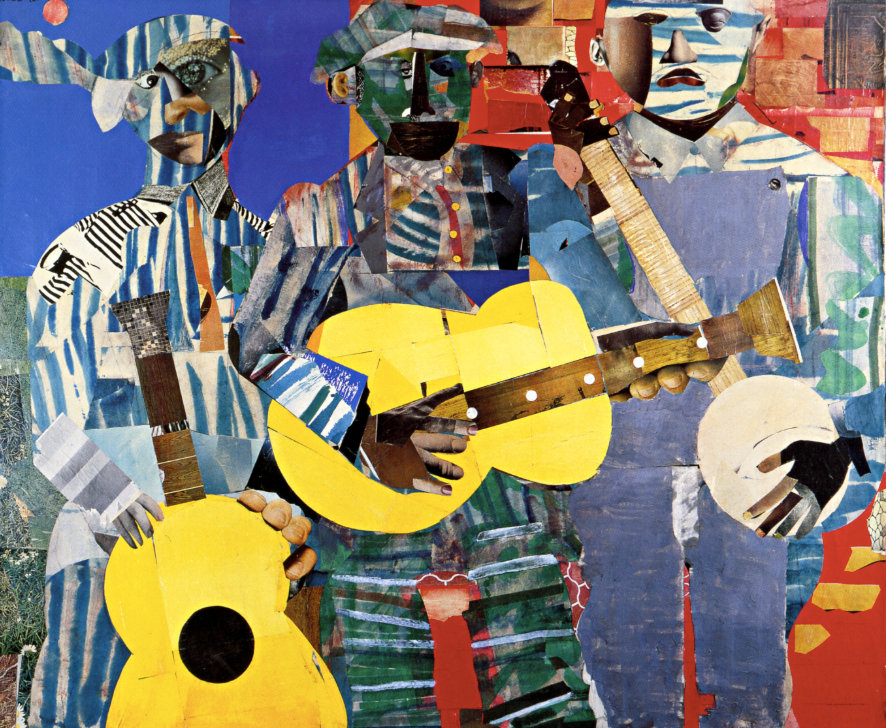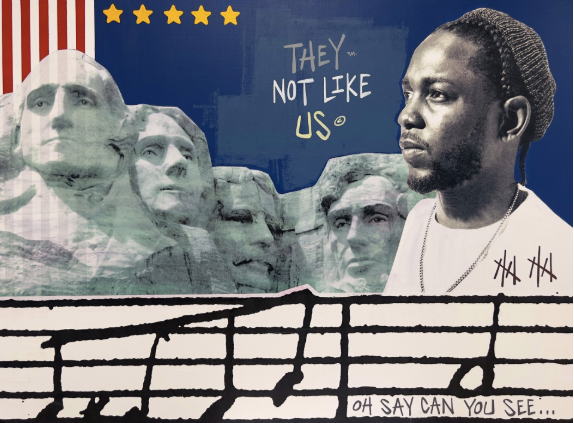Vintage Jazz Album Covers
The Top 5 Vintage Vinyl Jazz Albums: A Collector’s Guide
Jazz music, with its rich history and complex textures, has found a perfect home on vinyl records. Despite the rise of digital sound, vinyl has retained a loyal following, especially among collectors and audiophiles. The unique warmth and depth of sound that vinyl records offer have made them a staple in the world of jazz music. In this article, we’ll explore the top 10 vintage jazz albums, focusing on their sound quality and the enduring appeal of vinyl compared to digital formats.
One of the most iconic vintage vinyl jazz albums is **Miles Davis’ “Kind of Blue”** (1959). This record is often considered one of the greatest jazz albums of all time. The sound on vinyl is rich and expansive, with the analog warmth providing a smooth, rounded listening experience. The spatial elements of the recording, such as the placement of instruments, are much more noticeable when played on vinyl. Digital formats, while offering high fidelity, often struggle to replicate the depth and dimensionality found on a well-played vinyl record. The quiet moments on “Kind of Blue” are full of life, and the subtle nuances of Davis’ trumpet shine through in a way that many digital formats fail to capture.
Another classic, **John Coltrane’s “A Love Supreme”** (1965), stands as one of the finest examples of Coltrane’s spiritual journey through jazz. The deep grooves of the vinyl provide a unique texture to the sound, with each note resonating more clearly than the often sterile digital alternatives. Vinyl has an ability to bring out the warmth of Coltrane’s saxophone, especially during his more intense solos, creating a fuller, richer sound than the sometimes overly crisp digital recordings. Vinyl enthusiasts often claim that the analog warmth and the natural imperfections of vinyl make it a more organic listening experience, connecting the listener to the music in a more visceral way.
Charlie Parker’s “Bird and Diz” (1952) is another essential jazz vinyl album. This album showcases the groundbreaking work of Parker and Dizzy Gillespie and provides an excellent example of how vinyl can enhance the listening experience. The sheer energy of their bebop compositions comes alive on vinyl, with the analog format capturing the intricate details of the fast-paced rhythms and virtuosic improvisations. Digital recordings, while clear and precise, often lack the warmth and “air” that vinyl provides, especially when it comes to the expressive nuances of the musicians’ performances. For many jazz fans, this is a crucial part of the charm and appeal of vinyl.
Bill Evans’ “Sunday at the Village Vanguard” (1961) is a beautifully recorded live album that benefits immensely from the analog format. The natural echo of the club, the delicate interplay between the piano, bass, and drums, and the gentle applause between tracks are brought out vividly on vinyl. Digital formats, while offering a precise reproduction of the sound, sometimes fail to capture the “live” feel of an album recorded in front of an audience. The warmth of vinyl provides a sense of immersion that can be missing in digital recordings, making it ideal for live jazz sessions like this one.
Lastly, Thelonious Monk’s “Monk’s Dream” (1963) is a vintage vinyl record that epitomizes the raw, eccentric genius of Monk. The crackling of the vinyl adds a layer of texture that complements Monk’s idiosyncratic style, making it a fitting pairing. Vinyl’s inherent noise – the subtle pops, clicks, and hiss – can actually enhance the authenticity and charm of listening to jazz, particularly with an album like “Monk’s Dream,” where the imperfections of the medium add to the rawness of the music.
The Vinyl vs. Digital Sound Debate
When it comes to sound quality, vinyl and digital formats differ in significant ways. Vinyl records offer a richer, warmer sound, often described as more “analog” and natural. The way the grooves of a record interact with the needle creates a continuous wave, which many audiophiles argue gives it a more organic feel compared to the discrete data points of digital recordings. Digital sound, on the other hand, is often cleaner, with less surface noise and the potential for higher fidelity, but many find it too sterile or lacking in warmth compared to vinyl’s dynamic range.
One key difference lies in the frequency response. Vinyl tends to have a more expansive low-end, and the warmth of the analog sound makes instruments like double bass or brass especially appealing. Digital recordings, while precise, often lack the subtle depth that vinyl can produce, especially in older recordings. Some collectors argue that the limitations of vinyl – like surface noise or distortion – add character and a sense of authenticity to the experience, making it more akin to a live performance.
Vinyl Remains Popular Among Collectors. Despite the convenience and clarity of digital music, vinyl continues to enjoy a dedicated fan base, particularly among collectors. The tangible nature of vinyl records, along with their large, visually striking album covers, gives the medium a nostalgic and immersive quality. Many collectors enjoy the ritual of cleaning, setting up, and playing a vinyl record, making the experience more intentional and enjoyable. The physicality of the record creates a deeper connection to the music, fostering a greater appreciation for the artistry involved.
For jazz collectors, vinyl is more than just a format – it’s a piece of history. Many vintage albums are rare, limited-edition releases or first pressings, making them highly sought after. Collectors value the unique characteristics of each record, whether it’s the warmth of a well-played copy or the rare artwork found on limited releases. Vinyl records also hold their value better over time than many digital formats, making them not only a way to enjoy music but also an investment for the future.
In the world of vintage jazz, vinyl remains a cherished format for both audiophiles and collectors alike. The warmth, depth, and character of vinyl recordings offer a listening experience that digital formats can’t quite replicate. Albums like “Kind of Blue, ” A Love Supreme, and Bird and Diz have become more than just music – they are artifacts of jazz history. Whether it’s the analog warmth, the ritual of playing records, or the connection to the past, vinyl continues to reign supreme for those who appreciate the timeless nature of jazz.


